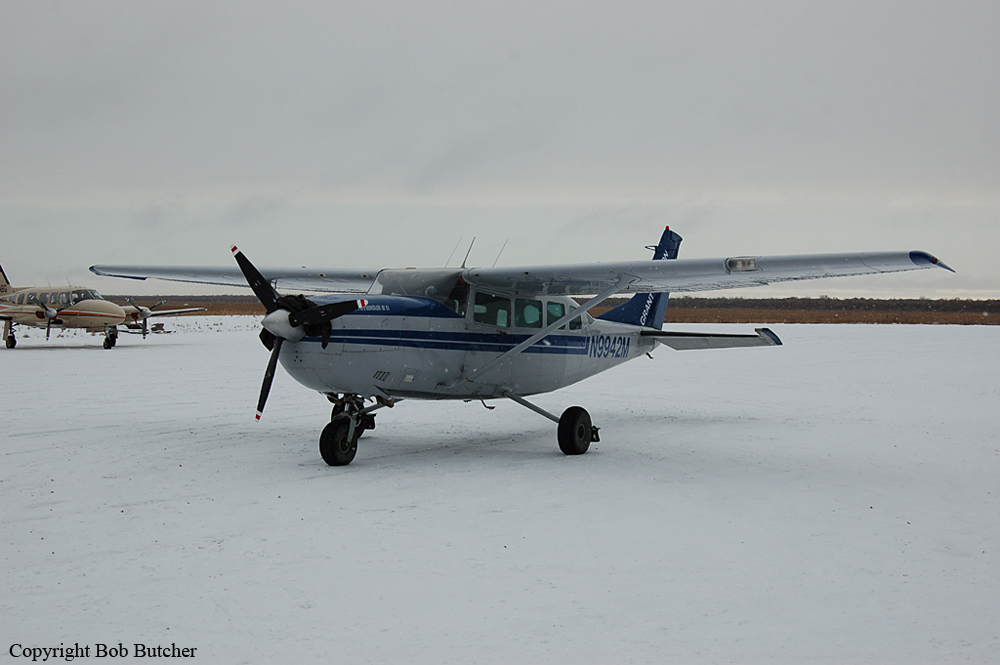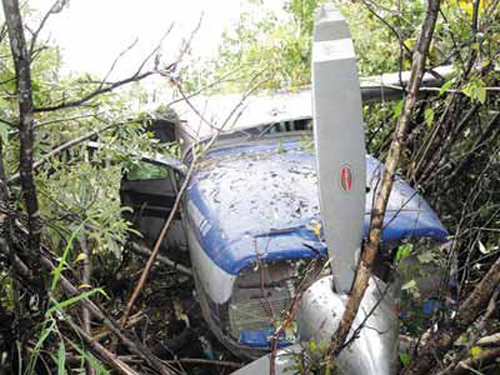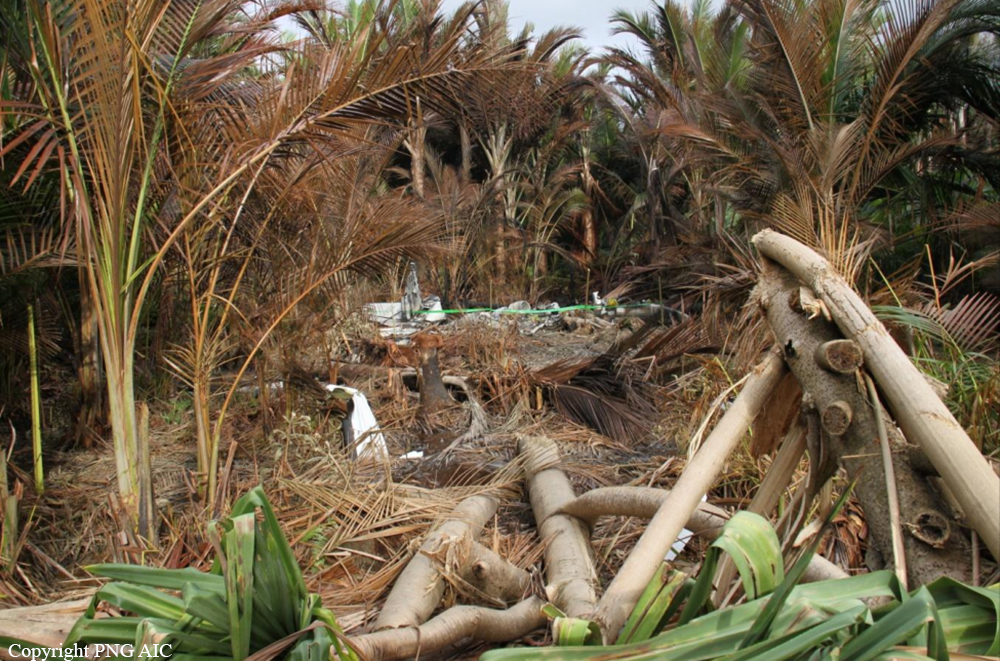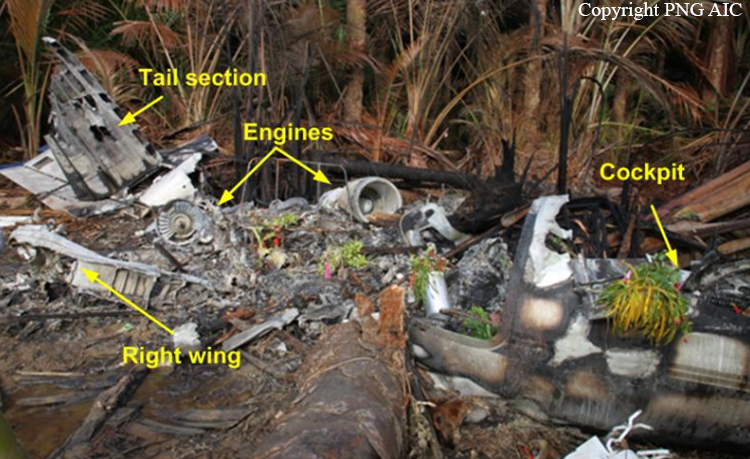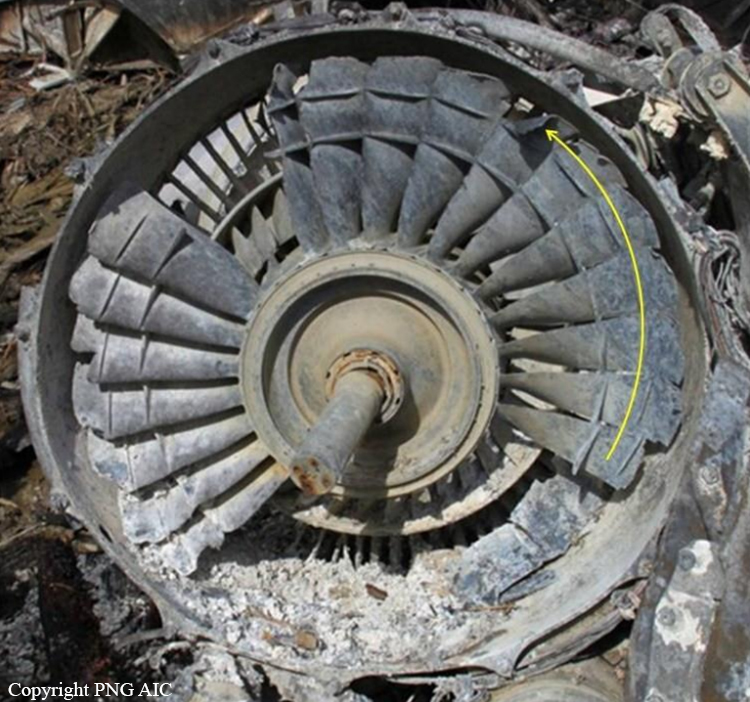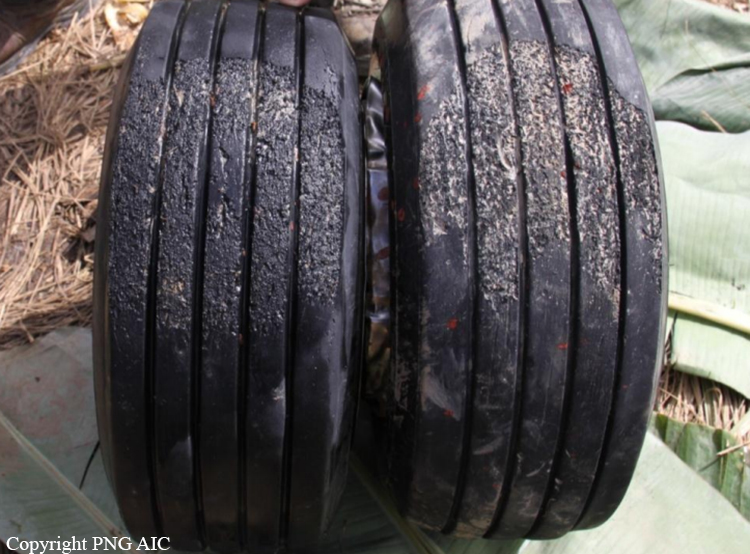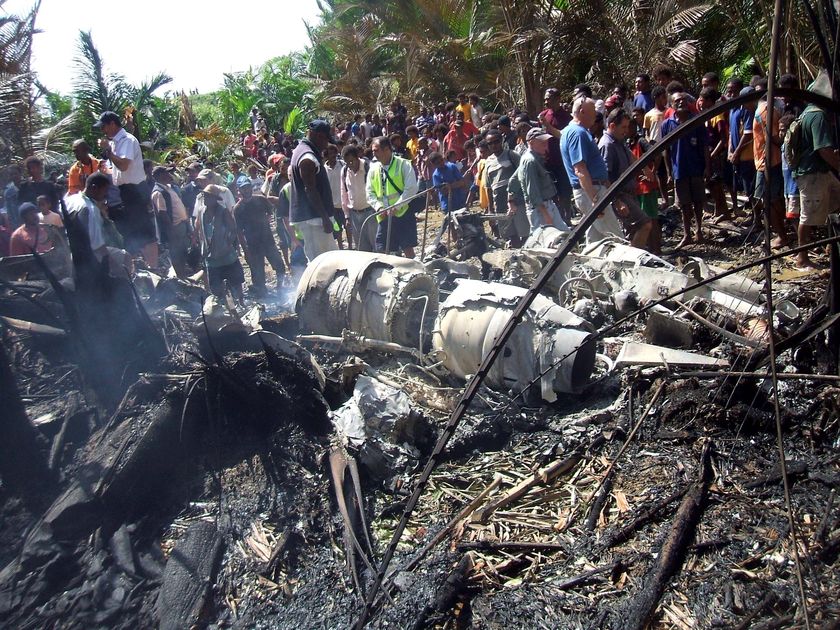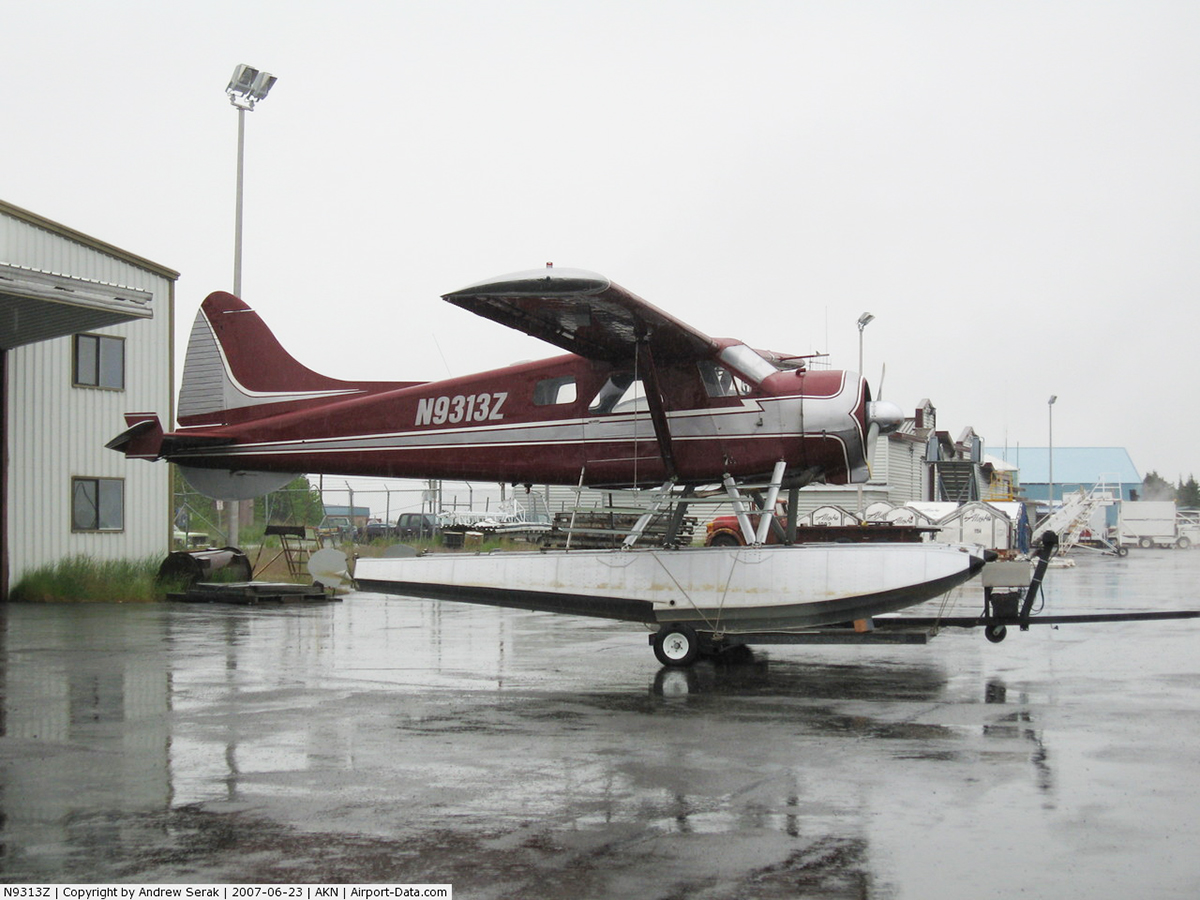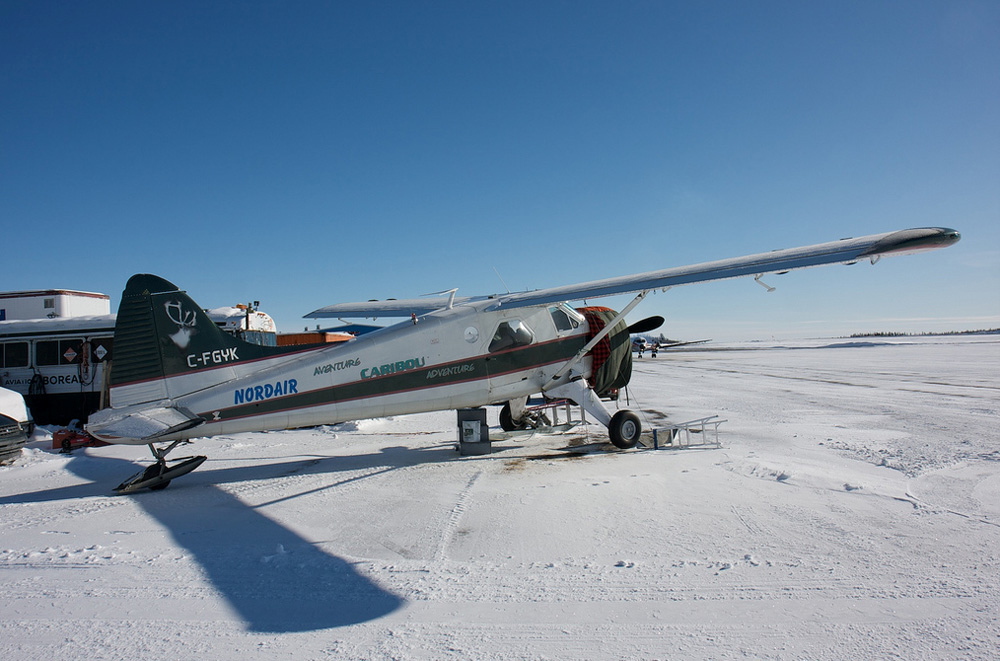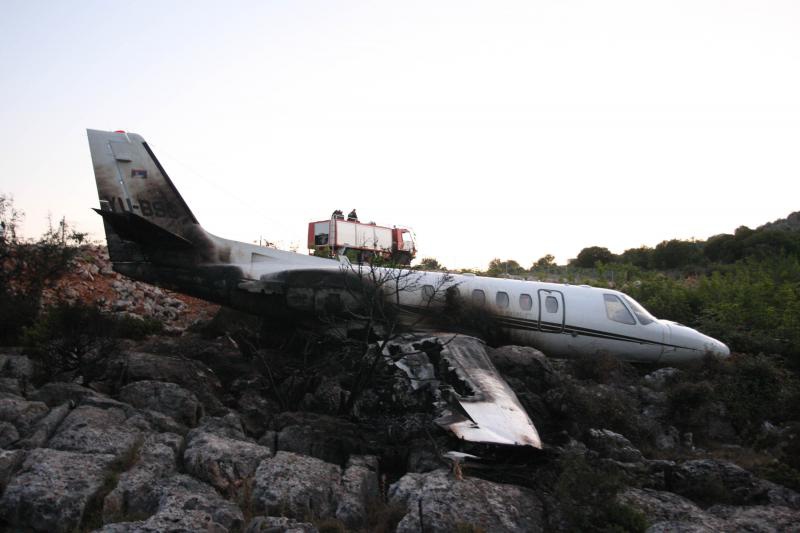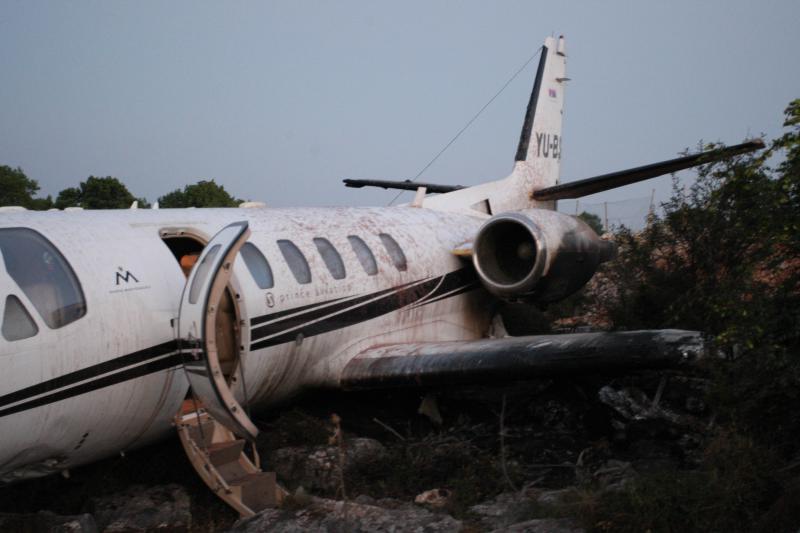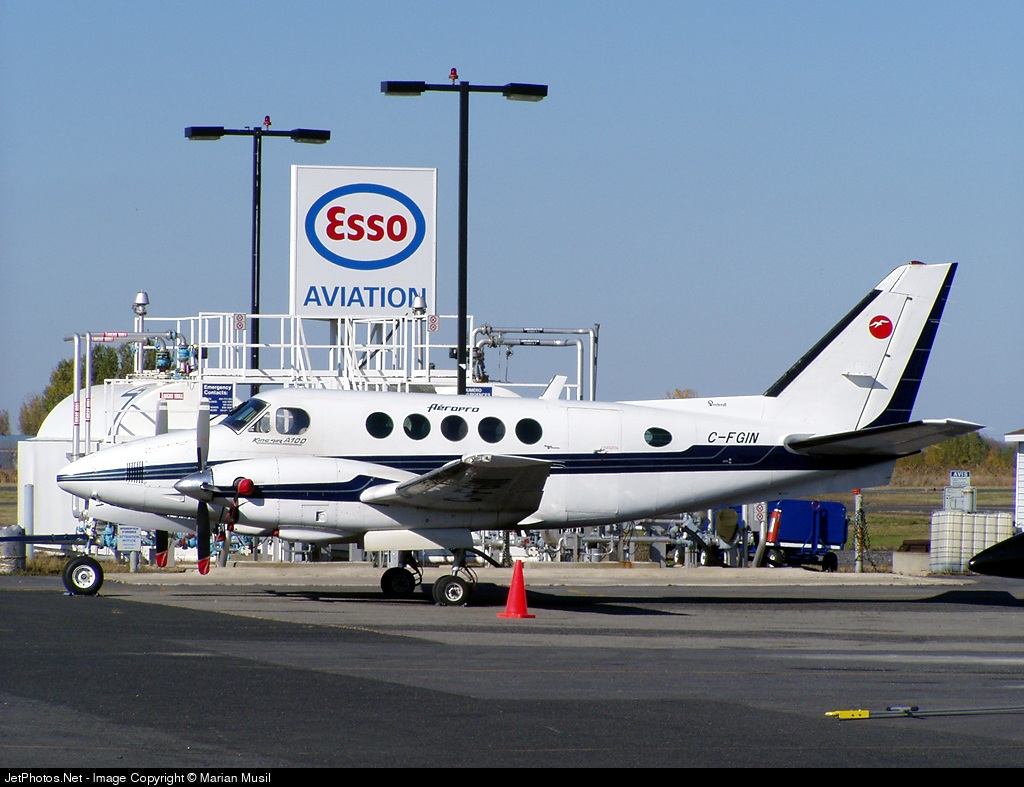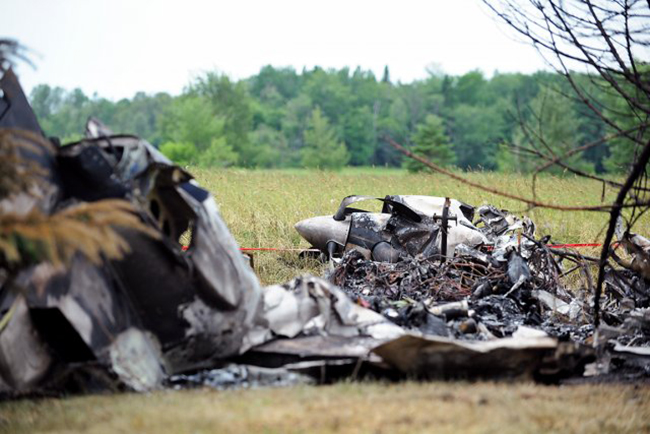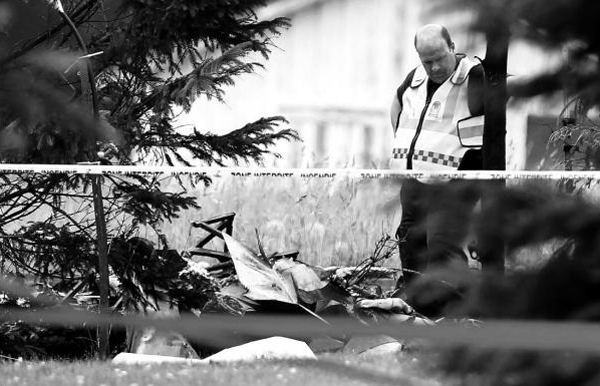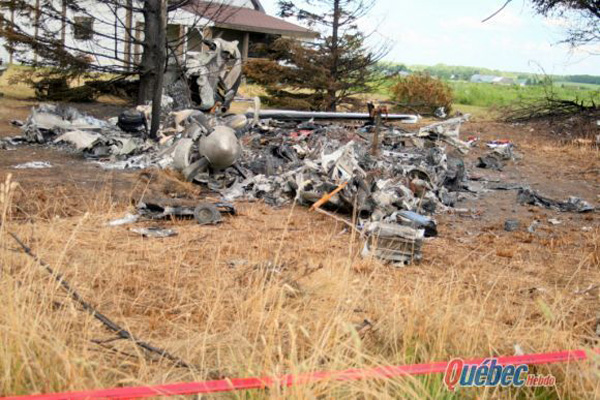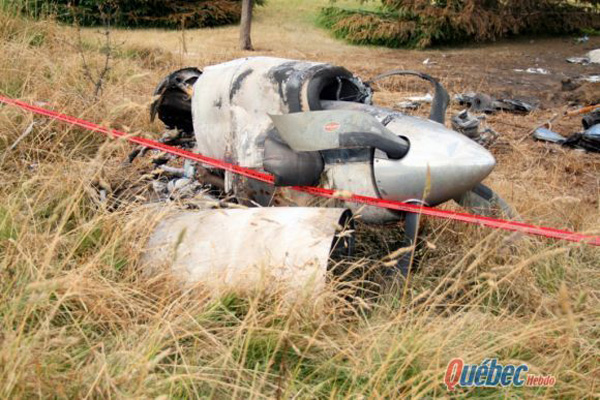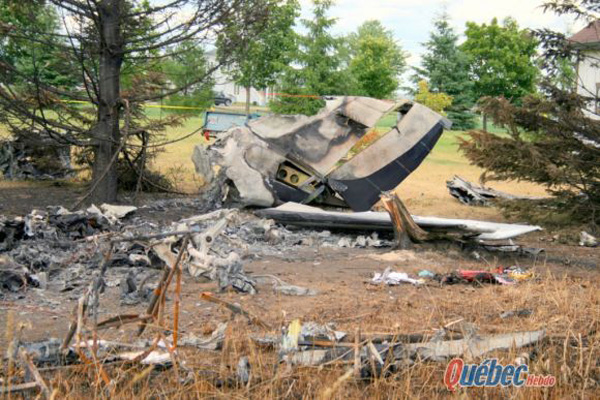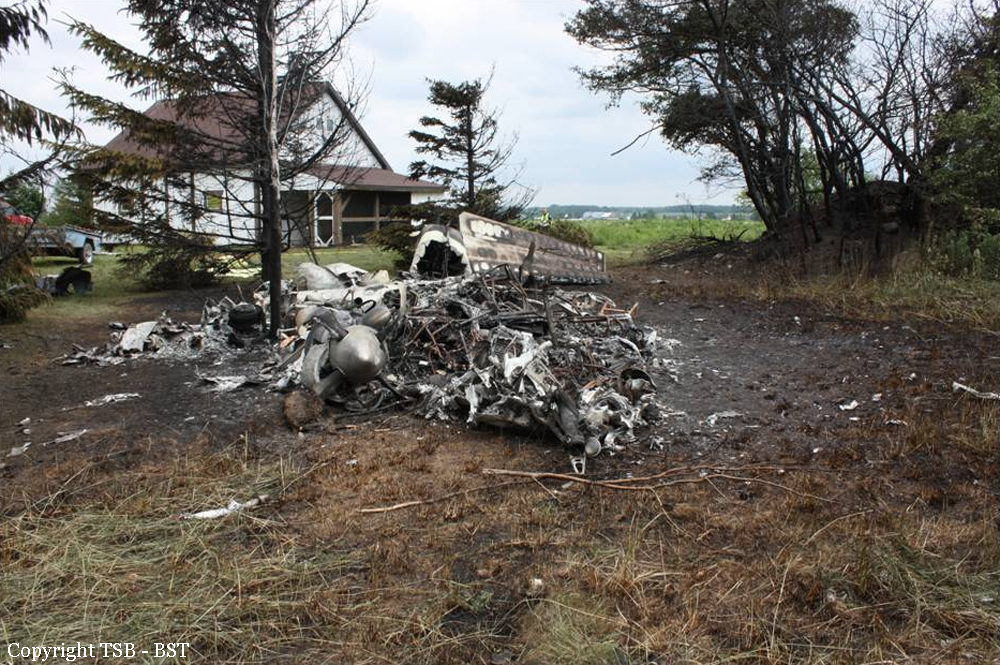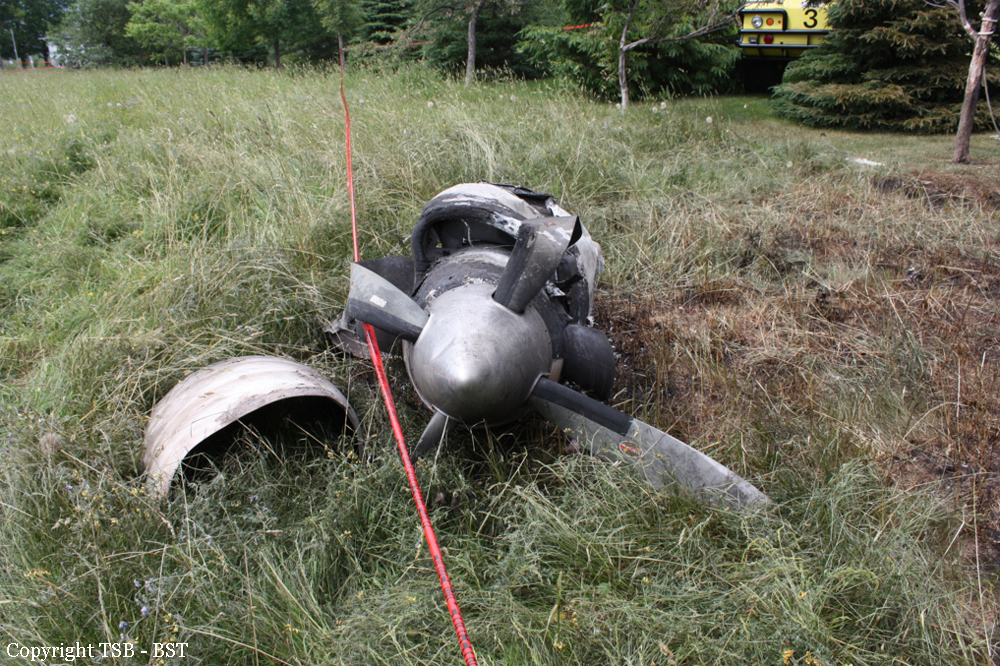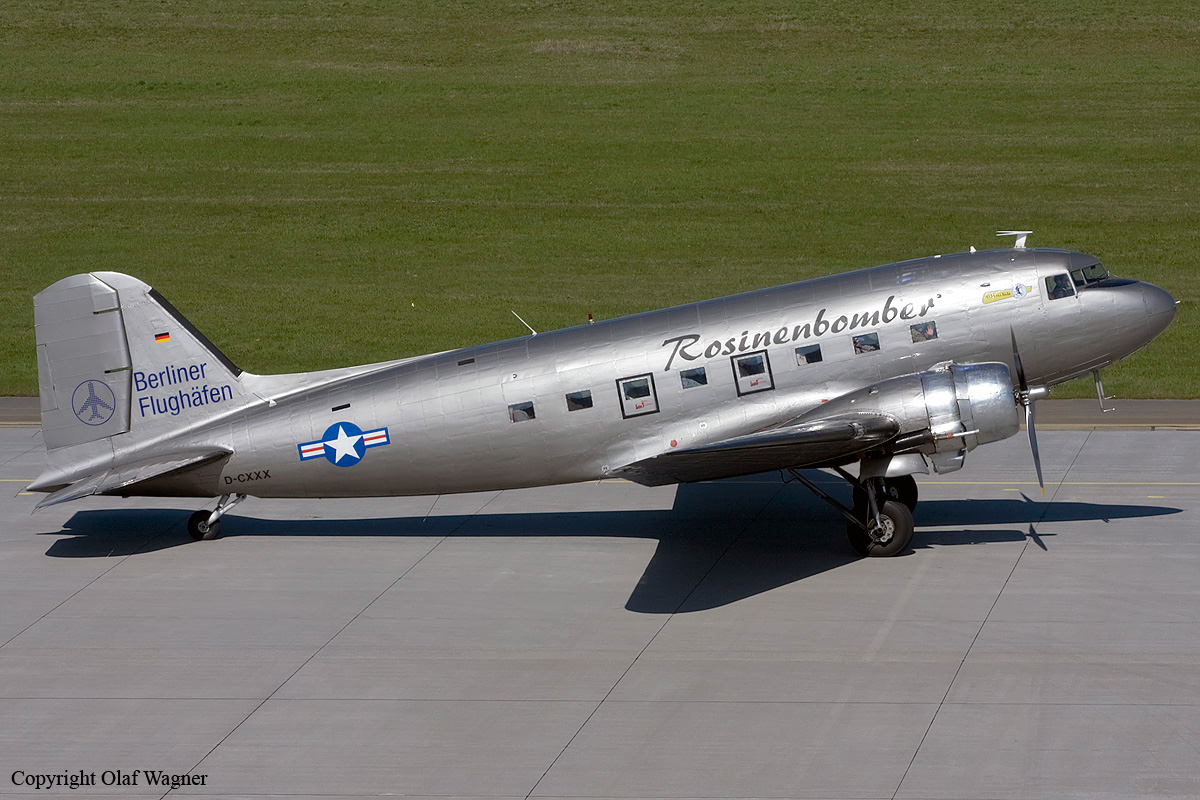Crash of a Cessna 207A Skywagon in Tuluksak
Date & Time:
Sep 3, 2010 at 1830 LT
Registration:
N9942M
Survivors:
Yes
Schedule:
Tuluksak - Bethel
MSN:
207-0756
YOM:
1983
Crew on board:
1
Crew fatalities:
Pax on board:
2
Pax fatalities:
Other fatalities:
Total fatalities:
0
Captain / Total hours on type:
245.00
Aircraft flight hours:
29550
Circumstances:
Shortly after take off from runway 20, aircraft hit tree tops, stalled and crashed in a wooded area near the airport. Both passenger were slightly injured while the pilot was seriously injured. Aircraft was damaged beyond repair. The director of operations for the operator stated that soft field conditions and standing water on the runway slowed the airplane during the takeoff roll. The airplane did not lift off in time to clear trees at the end of the runway and sustained substantial damage to both wings and the fuselage when it collided with the trees. The pilot reported that he used partial power at the beginning of the takeoff roll to avoid hitting standing water on the runway with full power. After passing most of the water, he applied full power, but the airplane did not accelerate like he thought it would. He recalled the airplane being in a nose-high attitude and the main wheels bouncing several times before the airplane impacted the trees at the end of the runway.
Probable cause:
The pilot's delayed application of full power during a soft/wet field takeoff, resulting in a collision with trees during takeoff.
Final Report:
